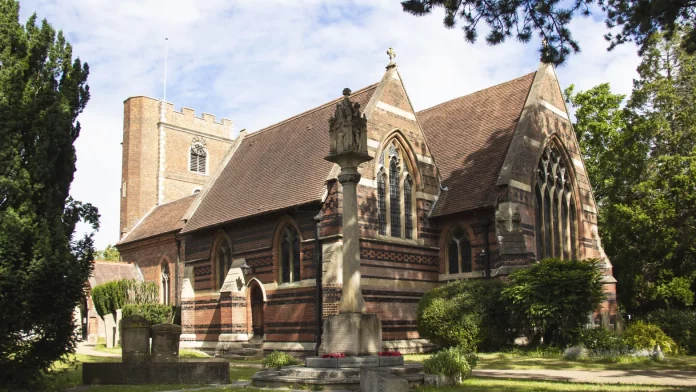We need to talk about Wigan.
“Why Wigan?” you might ask. Because Wigan is the prototype for a whole new way of being Anglican which is being rolled out across various dioceses and, being the first of this model, it has been the subject of a detailed study and shown to be a disaster.
This is not hyperbole. I’m not sure how else to describe a scheme which drives away fully a third of your congregation and results in a collapse of giving by a third, which cost £1.2 million to implement and has resulted in the deficits of the churches involved shooting up from £56,000 per year to £295,666.
Let’s go back to the beginning. Wigan was the first project of a vast scheme of national spending called “Strategic Development Funding”. SDF is the brainchild of Archbishop Welby and redirects the money made available by the Church Commissioners towards projects designed to bring many more people to church — projects focused around “fresh expressions of church”, which could not be spent on resourcing existing parish ministry.
Nationally it has been a failure. A report by Sir Robert Chote, the former head of the Office for Budget Responsibility, showed that “out of the 89,375 new disciples anticipated from SDF projects from 2014 to 2021, 12,704 have been witnessed to date”. £176 million was earmarked for these projects.
Wigan shows why this has been a disaster financially, but much more importantly, pastorally. The great scheme took the 29 parishes of Wigan and merged them into one super- benefice, made up of seven “parish hubs”. From 2013 the number of clergy was slashed from 24 to 18 and then to 13. They would merge back-office functions and train laity to take on clergy responsibilities.
The project had ambitious aims. By 2021 Wigan would have five new expressions of church, and five “emerging” expressions of church. They would have increased giving by £500,000. Congregations would be growing in these new forms of church, while the existing parishioners were expected to sit tight and keep giving.
It doesn’t take a genius to work out what happened. The people walked and took their money with them.
If you slash the number of clergy and the consequential number of services, and remove priests from a direct pastoral relationship with specific congregations, those congregations will feel sufficiently abandoned by the church that they will abandon the church in turn. Instead of bringing in an extra £500,000 a year, they have actually lost £500,000 a year. Slow hand clap.
And it’s about to get worse. In the wake of the report, the Diocese of Liverpool announced a plan to close 19 of its 29 churches. With the fall in numbers and giving, they cannot afford to keep them open, they say.
What they don’t mention is that this was always one of the objects of the C of E’s original plan: “Deal with the “buildings issue”, namely our understanding of a church which is overly reliant on expensive buildings which are unfit for twenty-first century mission and ministry.
“Configure the deanery around viable missional units fit for future purpose, each of which reflects a clear mixed economy of church.”
As you can see, they always planned to close these churches for purely ideological reasons. Now they are going to blame the poor folk of Wigan for plans already in train which they have objected to from the start. “Punishment beatings shall continue until morale improves.”
Morale will not improve. There is no plan to row back, apologise to people who feel deeply wounded and work out a better model of resourcing our poorest areas.
Read it all in The Critic










